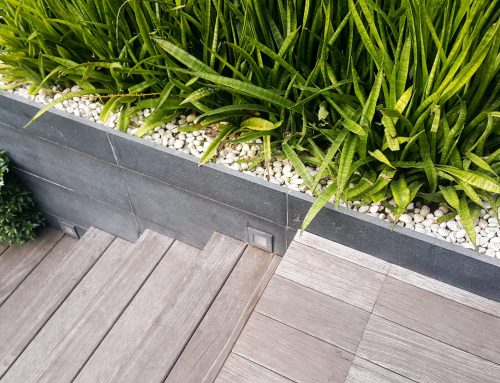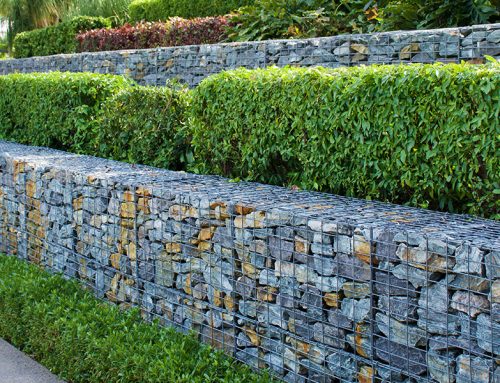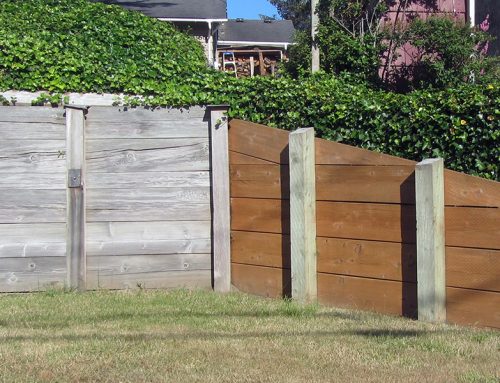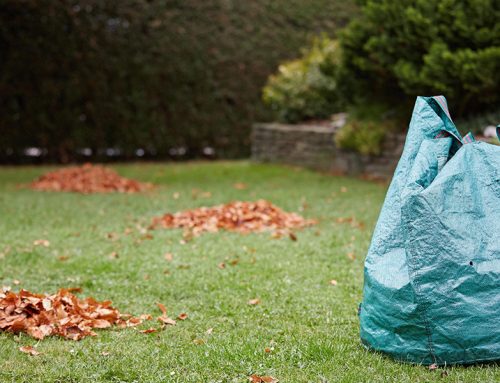If you’re wondering what type of lawn to go for, we’ve got you covered. After reading this, you’ll know what type of lawn best suits your needs, budget and lifestyle.
Plus you’ll get some practical lawn advice from one of our professional Landscapers who’s been in the trade for 25+ years.
Let’s dive in.
7 Key Factors That Will Help Narrow Down Your Choice
We’ve covered the options available in New Zealand. Now to choose a suitable lawn for your property, consider these seven key aspects:
Budget — How much are you prepared to invest? Upfront and ongoing.
Aesthetics — Are potential patches okay, or do you need a manicured look?
Functionality — Do you need the lawn for the kids, pets or entertaining?
Environmental — Does your carbon footprint impact your buying decisions?
Timing — Are you on a tight time schedule? Or can you wait for optimal conditions?
Maintenance — How much time are you willing to put into the care and upkeep?
Longevity — What lifespan are you expecting from your lawn?
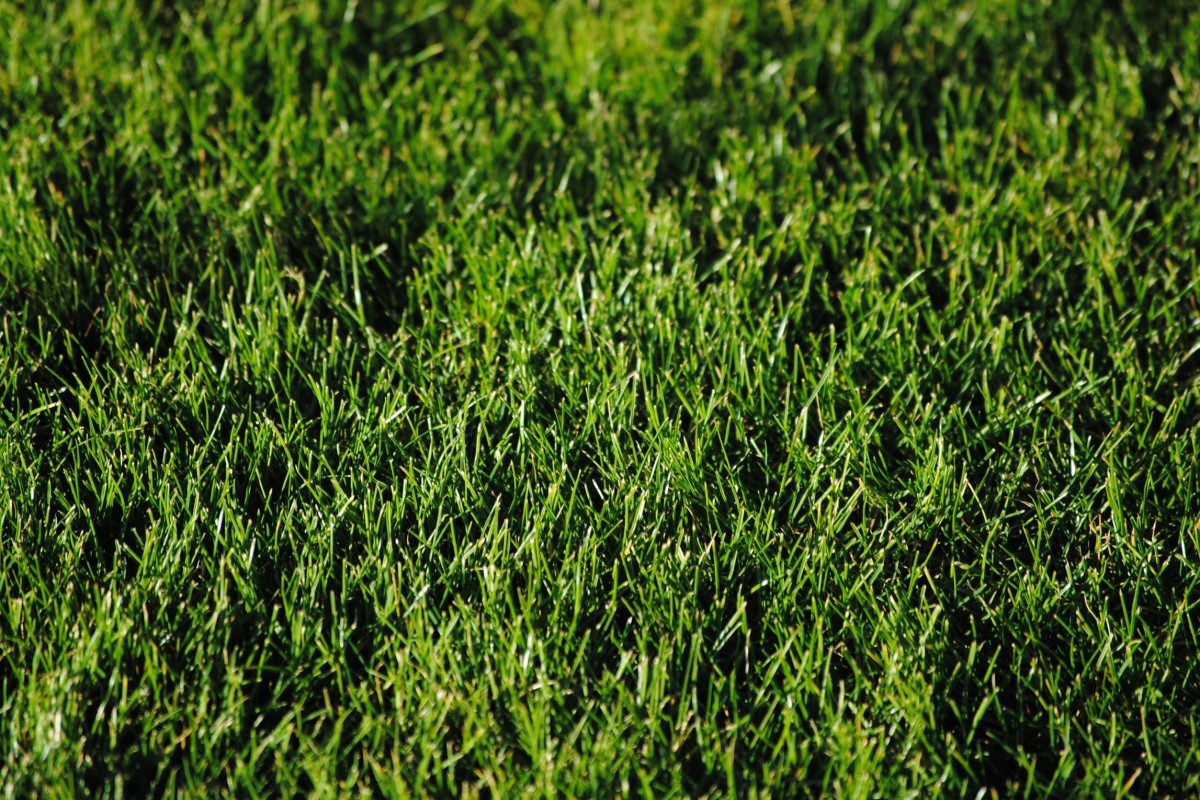
An impressive lawn takes time. How much are you willing to put into the care and upkeep?
Upfront Considerations: The Important Stuff
As a starting point, this is what you need to know. For the natural, hydroseed and instant lawn you can add upwards of $50 for the upfront costs of top soil, fertiliser and sprays.
| Upfront Costs | Timing | Upfront Effort | Foot traffic | |
|---|---|---|---|---|
| Natural | Lawn seed Approx $30 – $60 per bag |
Autumn and Spring | Very high | Two or more months |
| Hydroseed | Hydroseeding Approx $25+ per m2 |
September to April | High | At least six weeks |
| Instant | Turf Approx $50+ per m2 |
Year-round with adequate water | Medium | At least two weeks |
| Artificial | Turf Approx $100+ per m2 |
Anytime | Low | Immediately |

Instant lawn, or ready lawn, needs to be rolled out as soon as it’s delivered.
Ongoing Considerations: Once Everything’s Been Established
Once the lawn is established, it comes down to comparing the two types: natural and artificial. To decide which type is right for your lifestyle, compare these ongoing elements.
| Ongoing Costs | Aesthetics | Functionality | Longevity | Upkeep | |
|---|---|---|---|---|---|
| Real grass | Fertiliser Sprays Water Gardening equipment Lawn seed |
Lush with a few imperfections here and there | Best suited for everyday properties & homeowners with kids or pets |
1 season or indefinitely (depending on level of maintenance) |
Watering Mowing Fertilising Weeding Spraying Dethatching |
| Fake grass | Water Detergents |
Manicured and green all year round | Best suited for smaller properties & homeowners with busy lifestyles |
Approx 15 – 20 year life expectancy |
Hosing |
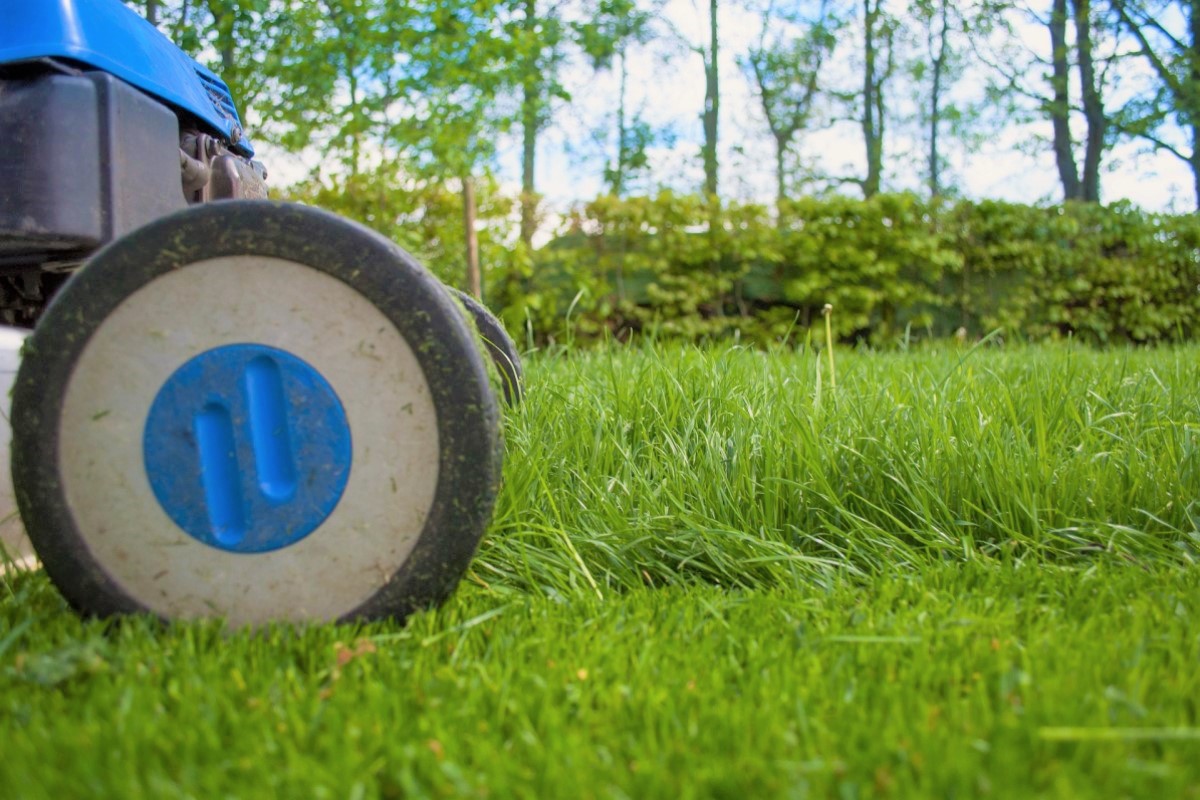
Imagine it’s Saturday morning – are you out mowing? Or having a sleep in?
Your Ultimate Pros and Cons List
There’s nothing better than a good pros and cons list to help you make an important decision. We’ve done the hard yards and listed all the factors you can weigh up to see which lawn is right for you.
Natural
| Pros | Cons |
|---|
Hydroseed
| Pros | Cons |
|---|

Real vs fake grass: modern developments are making it harder to tell the difference
Instant
| Pros | Cons |
|---|
Artificial
| Pros | Cons |
|---|
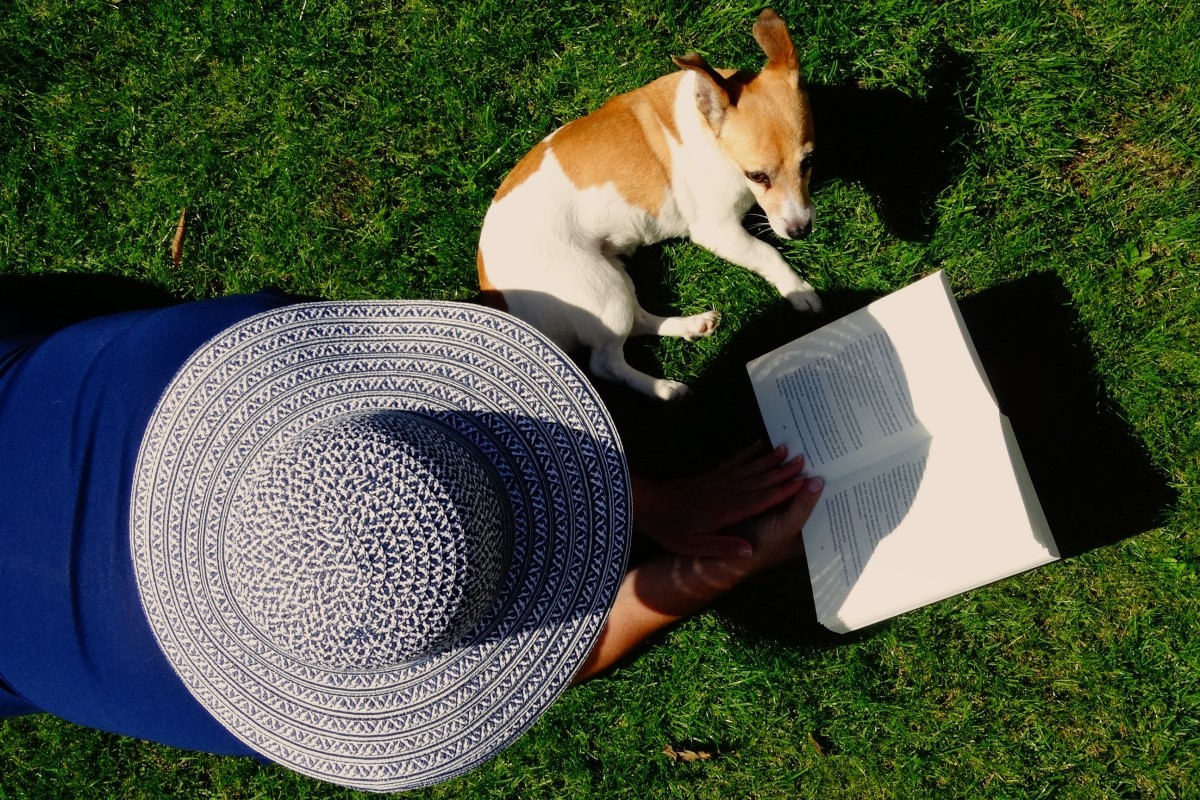
Consider how you’ll use the space and what’s important to you.
Practical Advice from a Professional Landscaper (That Will Save you Time and Money)
After weighing up the pros and cons, you may be closer to deciding which lawn you’re going for. If you need a little more information, here’s some specific project advice from Paul Motley of Supreme Services who’s been on the ground landscaping for over 25 years.
Paul shares some of the most crucial things to consider when deciding which lawn best suits your property and lifestyle.
This One Thing Will Give Your Lawn a Boost
Paul also mentions that sub-base preparation is just as important for synthetic grass to ensure a good application.
Check Your Drainage (Even if You Live in a New Subdivision)
Out of Date? Out of the Question
If you’re thinking about getting that old bag of seed out from the shed, Paul says think again:
For The Water-Conscious Homeowners
The Most Budget-Friendly Option
Invest in Tools That Set You Up For Success
The One Question To Ask Yourself
How much time do I want to spend per week on my lawn?
“This is the deciding factor, as it always comes down to time. Grass inevitably wants to grow up into a jungle; it needs to be watered when it’s not raining; weeded when they grow, and so on. If people are prepared to put in the effort, by all means, natural grass is a great option,” Paul says.
“When you’re weighing up costs of the fertiliser, water, lawn mower and petrol, and calculating how much you’re going to spend over 10-15 years, you’ve got to somehow enter the time factor into that equation,” Paul says.
“People are having less spare time, that’s the reality; unless you’re retired, in which case you can reap the benefits of a seeded lawn,” Paul laughs.
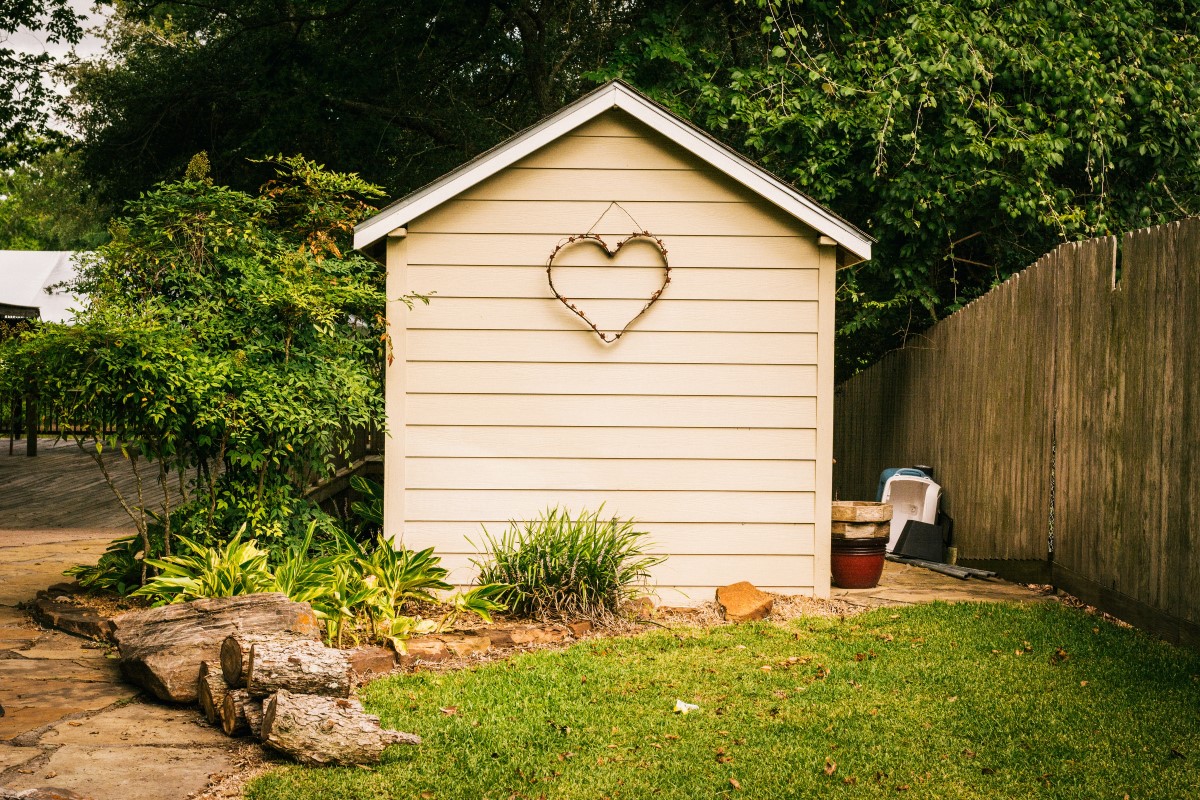
Do you have a space to keep gardening tools and the lawn mower?
What Would Our Landscaper Paul Choose?
